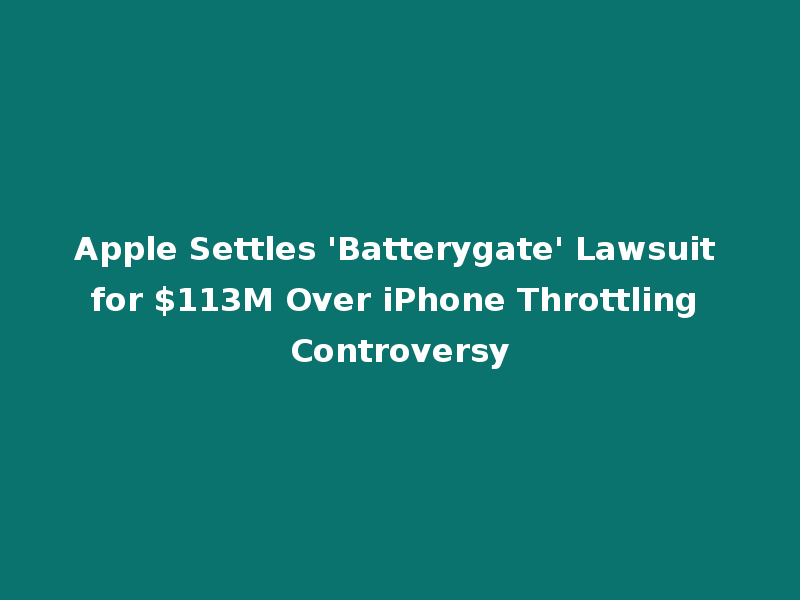Virtual HQs: The Future of Remote Work or Just a Pandemic Trend?
The Shift to Remote Work and the Rise of Virtual Offices
2019 marked the end of an era for spontaneous workplace interactions—conferences, watercooler chats, and after-work happy hours. Fast forward to today, and companies like Microsoft and Twitter have embraced remote work as the new norm, leaving the future of physical offices uncertain.
In response, a wave of startups is reimagining the workplace by creating virtual headquarters (HQs) designed to bring spontaneity back to distributed teams. Leading the charge are three innovative platforms:
- Branch: Built by Gen Z gamers, focusing on casual, gamified workspaces
- Gather: A hybrid of Zoom and multiplayer gaming environments
- Huddle: A stealth-mode platform already used by Apple and Uber
These startups leverage spatial technology, animations, and productivity tools to create immersive digital workspaces inspired by gaming culture. But can they convince users and investors they’re more than just “Sims for Enterprise”?
Blending Work and Play: How Virtual HQs Operate
Branch: A Gamified Office Experience
- Retention: 60% after one month, with 500+ companies on the waitlist
- Funding: $1.5M from investors like Homebrew and Naval Ravikant
- Features: Virtual meeting rooms, watercoolers, and even succulents on desks
Founders Dayton and Kai Mills, former Minecraft server entrepreneurs, designed Branch to mimic real offices. Employees log in for up to 12 hours, hosting events like Election Day watch parties. The key? Casual interactions—no mandatory video/audio, just spontaneous chats.
“You can’t create serendipity directly, but you can create the environment for it.” — Dayton Mills
Gather: Where Productivity Meets Socialization
- Standout Features: Shoulder taps for quick chats, virtual pool tables, and customizable offices
- Philosophy: Align monetization with user benefits (avoids institutional investors)
Founder Phillip Wang emphasizes passive presence: “You don’t need to worry about being seen, but you’ll hear anyone who tries to talk to you.”
Huddle: The Ambitious Disruptor
- Claim: Potential to disrupt real estate and urban planning (“trillion-dollar market”)
- Users: Teams at Apple and Uber, with tens of thousands of meeting hours logged
- Differentiator: Replaces Slack/Zoom by simulating in-person proximity
Challenges and Opportunities
The Adoption Hurdle
While gaming platforms like Fortnite attract millions for virtual concerts, will professionals embrace daily use? Key challenges include:
- Cultural Fit: Not all teams thrive in gamified environments.
- Long-Term Viability: Will these tools outlast pandemic-era remote work?
- Investor Skepticism: Can they scale beyond niche use cases?
The Bigger Picture
Virtual HQs could expand into:
- Education: Virtual classrooms with interactive elements
- Events: Conferences and weddings (see Hopin’s $2.1B valuation)
- Social Spaces: Post-work hangouts in the metaverse
Expert Perspectives
- Sahil Lavingia (Gumroad): “Physical offices will be vastly diminished—remote work is cheaper and effective.”
- Megan Zengerle (Sweat Equity): “Culture is dynamic. Virtual HQs must align with long-term goals.”
The Bottom Line
Virtual HQs are betting on a cultural shift: that the metaverse can become the new office. Whether they’ll succeed depends on balancing productivity with the human need for spontaneous connection—no flashing lights required.












